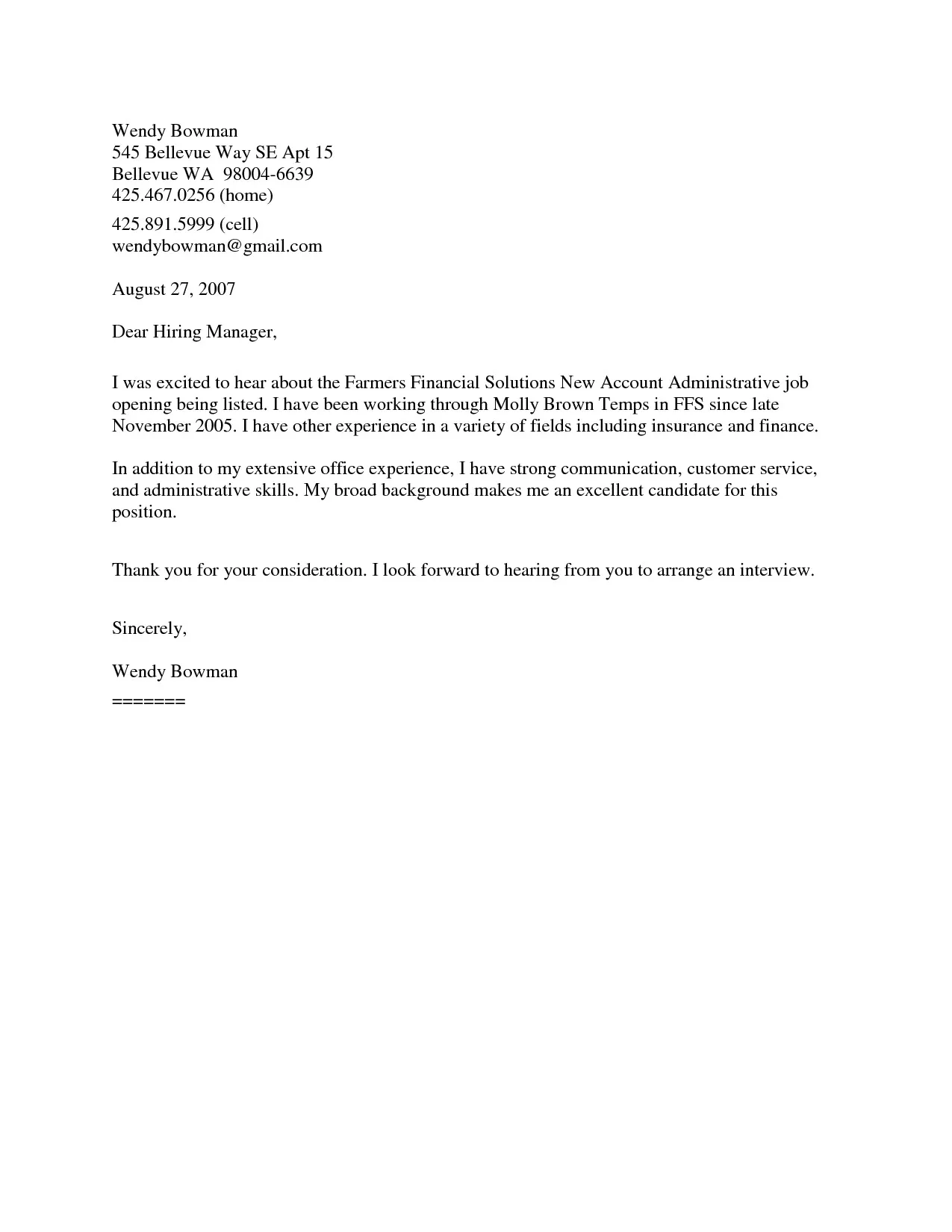What is a Quick Cover Letter
A quick cover letter is a concise and targeted document that accompanies your resume when applying for a job. It serves as your first introduction to a potential employer, providing a snapshot of your qualifications, skills, and enthusiasm for the position. The primary goal of a quick cover letter is to grab the hiring manager’s attention and encourage them to read your resume. Unlike a lengthy, traditional cover letter, a quick cover letter is designed to be brief, impactful, and easy to scan. It focuses on the most relevant aspects of your experience and quickly conveys why you are a suitable candidate for the role. This approach is increasingly popular in today’s fast-paced job market, where recruiters often have limited time to review applications. A well-crafted quick cover letter can significantly increase your chances of landing an interview by showcasing your value proposition efficiently and effectively. It is a powerful tool for making a strong first impression and setting yourself apart from other applicants.
The Purpose of a Quick Cover Letter
The primary purpose of a quick cover letter is to introduce you to the hiring manager and highlight why you are a good fit for the job. It acts as a concise sales pitch, focusing on your key qualifications and demonstrating your understanding of the role and the company. Unlike a resume, which is a factual summary of your experience, a cover letter allows you to express your personality, enthusiasm, and communication skills. It provides context to your resume, explaining how your skills and experience align with the specific requirements of the job. Furthermore, a cover letter allows you to address any potential gaps in your experience or explain why you are making a career change. It is also an opportunity to show that you have researched the company and understand its values and goals. By tailoring your quick cover letter to each specific job application, you demonstrate your genuine interest and increase your chances of getting noticed. The most important aspect of a quick cover letter is to compel the reader to want to learn more about you by reading your resume.
Key Elements of a Quick Cover Letter
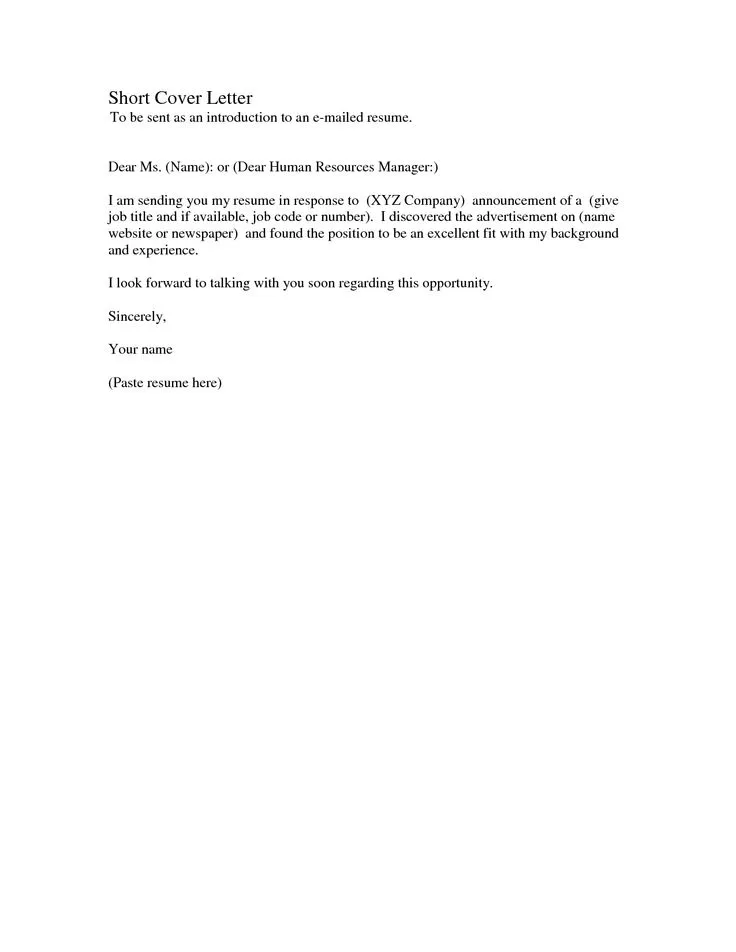
A compelling quick cover letter consists of several key elements that work together to make a strong impression. Start with a professional header including your contact information and the date, as well as the recipient’s information, if known. Begin with a strong opening statement that immediately grabs the reader’s attention, stating the position you are applying for and briefly highlighting why you are a good fit. The body of the letter should briefly address the key requirements of the job, focusing on your relevant skills and experience. Use specific examples and quantifiable achievements to support your claims. Demonstrate your enthusiasm for the role and the company by mentioning something that interests you about their work. End with a clear call to action, expressing your interest in an interview and providing your contact information. Keep the letter concise, ideally no more than one page. Use a professional and easy-to-read font, and proofread carefully for any errors in grammar or spelling. A well-structured, concise quick cover letter is far more effective than a generic letter.
How to Write a Quick Cover Letter
Writing an effective quick cover letter requires a strategic approach. It’s about being concise and targeted, focusing on what matters most to the hiring manager. The process can be broken down into several steps to ensure that your letter is impactful and persuasive. By following these guidelines, you can create a quick cover letter that showcases your strengths and increases your chances of landing an interview.
Step 1 Research the Company
Before you start writing, thoroughly research the company and the specific job you are applying for. Visit the company’s website, explore their social media profiles, and read news articles or press releases to understand their mission, values, and recent achievements. Look closely at the job description, identifying the key skills and experiences the employer is seeking. This research will provide you with valuable insights to tailor your quick cover letter to the company’s needs and demonstrate your genuine interest. Tailoring the letter to the company’s specific needs showcases you did your homework and gives you a better chance of standing out from the competition. Understanding their challenges and goals allows you to position yourself as a solution. Knowing the company culture and how you can add value is the basis of a successful quick cover letter.
Step 2: Tailor Your Letter
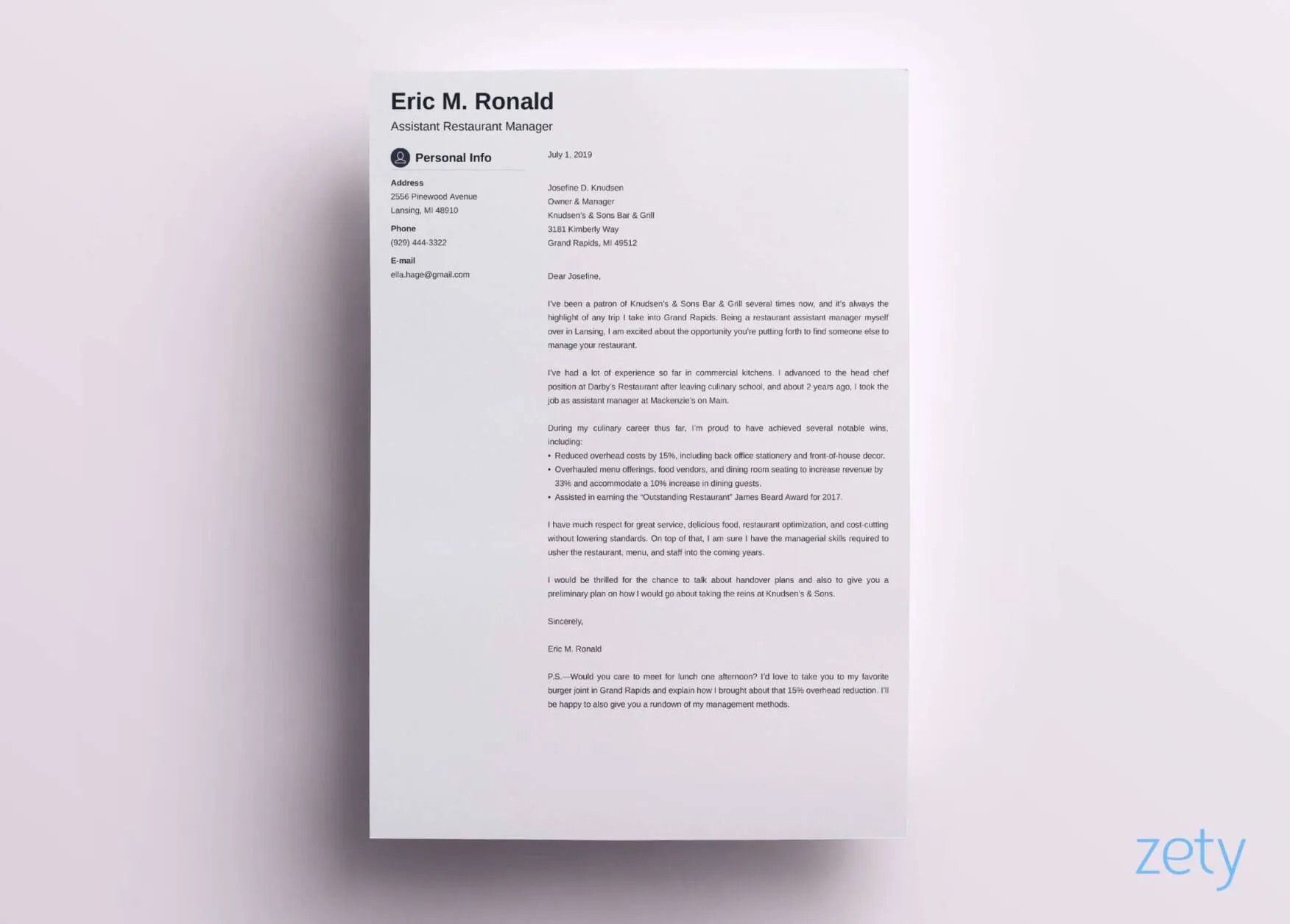
Once you’ve researched the company, tailor your quick cover letter to match the specific requirements of the job description. Review the job posting and identify the key skills, qualifications, and experiences the employer is looking for. Highlight your relevant skills and accomplishments using concrete examples that demonstrate how you have met similar challenges in the past. Avoid using generic phrases; instead, use language that reflects the company’s values and the specific needs of the role. By tailoring your letter, you show the hiring manager that you’ve taken the time to understand the position and that you have the skills and experience to succeed. Show them that you are not just sending a template; you are showing them that you are the right fit for the job. Carefully consider what the employer is looking for and how your skills align with those requirements.
Step 3: Write a Compelling Opening
The opening paragraph of your quick cover letter is critical; it sets the tone and grabs the reader’s attention. Start with a strong, concise statement that immediately states the position you are applying for and how you learned about it. You can mention the name of the person who referred you, the job board where you found the opening, or the company’s specific achievements that attracted you. Briefly highlight your most relevant qualification or accomplishment to capture the reader’s interest from the beginning. Avoid generic phrases like “I am writing to express my interest…” Instead, express your enthusiasm and show your understanding of the company and the role. A compelling opening statement sets the stage for a successful quick cover letter. It must be impactful, stating why you’re interested in the role and what makes you a strong candidate, encouraging the reader to continue.
Step 4: Highlight Relevant Skills
In the body of your quick cover letter, focus on highlighting the skills and experiences that align with the job requirements. Refer to the job description and identify the key skills the employer is seeking. Provide concise examples of how you have demonstrated those skills in previous roles. Quantify your achievements whenever possible using numbers, percentages, or specific results to make your claims more impactful. If the job requires experience with specific software or technologies, mention your proficiency and provide examples of how you have used them to achieve positive outcomes. Tailoring this section to what the hiring manager is looking for shows you have understood the role. Use this opportunity to showcase the value you can bring to the company. Show how your skills directly address the needs of the role, referencing specific accomplishments and providing the context for how you were able to achieve them.
Step 5: Show Enthusiasm
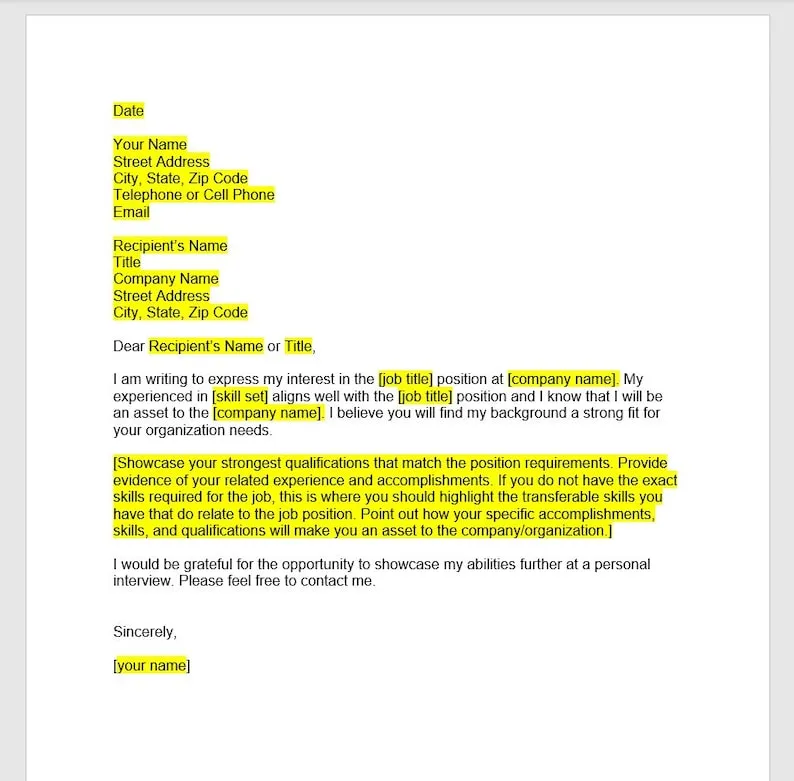
Demonstrate your enthusiasm for the role and the company by conveying your genuine interest in the opportunity. Express your understanding of the company’s mission, values, and recent achievements. Highlight what excites you about the position and why you are a good fit for their culture. Show that you have researched the company and are not just sending a generic application. Mention specific aspects of the company or the role that appeal to you, showcasing a clear understanding of their goals. Your enthusiasm can set you apart from other applicants, making you seem eager and committed. This is your chance to make a personal connection. Show that you are genuinely excited about the prospect of joining the team, mentioning specific reasons why you are enthusiastic about the role and the company.
Step 6: Include a Call to Action
Conclude your quick cover letter with a clear call to action, expressing your interest in an interview and how you will follow up. Reiterate your enthusiasm for the opportunity and thank the reader for their time and consideration. Clearly state your contact information and let them know that you are available for an interview. Indicate that you will follow up within a specific timeframe, usually a week, to reiterate your interest and answer any questions they may have. This proactive approach demonstrates your commitment to the application process. A strong call to action encourages the hiring manager to take the next step. Your proactive approach shows the employer that you are genuinely interested in the position and the company, as well as making it easy for them to contact you and schedule an interview.
Secrets to Writing a Quick Cover Letter
There are several secrets to writing a highly effective quick cover letter that go beyond the basics of format and structure. The most impactful of these is to demonstrate your value in a way that speaks directly to the needs and concerns of the hiring manager. By focusing on your achievements, keeping the letter concise, using strong action verbs, and proofreading meticulously, you can significantly increase your chances of getting noticed.
Focus on Key Achievements
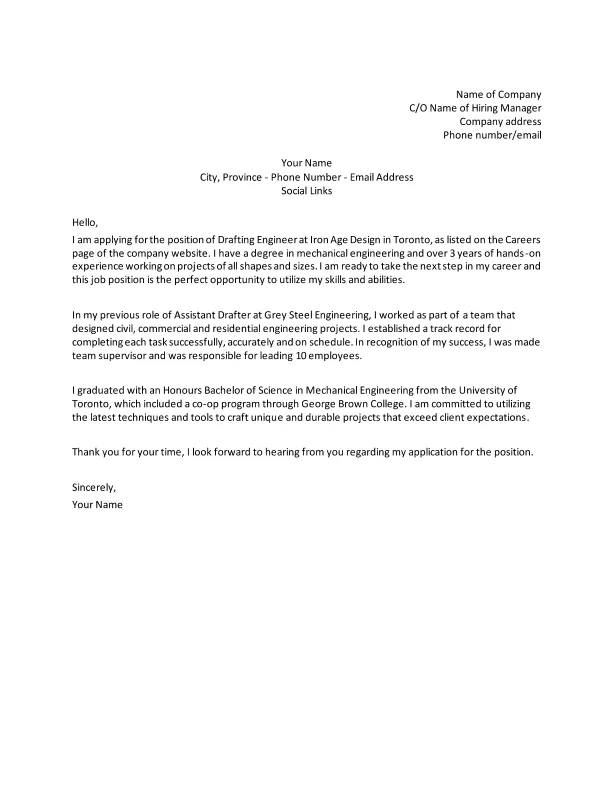
Instead of simply listing your responsibilities, highlight your key achievements and quantify your accomplishments whenever possible. Use numbers, percentages, or specific results to demonstrate the impact you have made in previous roles. Focus on achievements that are relevant to the job requirements and demonstrate your ability to contribute to the company’s success. For example, instead of stating “Managed social media accounts,” write “Increased social media engagement by 30% within six months by implementing a new content strategy.” Demonstrating how you have helped other companies in the past shows how you can positively contribute to the new company. Always focus on the positive, showing that you can improve any situation and that you will be a benefit to their company.
Keep it Concise
A quick cover letter should be brief and to the point, ideally no more than one page. Be selective about the information you include, focusing on the most relevant skills and experiences. Avoid lengthy paragraphs and unnecessary details. Make sure your writing is clear, focused, and easy to read. The goal is to capture the reader’s attention quickly and encourage them to review your resume. Your letter should be streamlined and focused, allowing the reader to quickly understand why you are a good fit for the job. Eliminate any unnecessary jargon, and avoid being overly wordy. The more concise your letter is, the easier it will be to read and understand, increasing your chances of holding their attention.
Use Action Verbs
Use strong action verbs to start your sentences and describe your accomplishments. Action verbs make your writing more dynamic and engaging, showing that you are proactive and results-oriented. Examples include “managed,” “led,” “developed,” “implemented,” “achieved,” and “increased.” Using action verbs helps you to paint a vivid picture of your skills and achievements. This is a great way to demonstrate that you are a go-getter and that you’re capable of making a difference in the position. Make sure you’re using the verbs correctly and that they accurately describe the actions you performed. Using a variety of action verbs makes your quick cover letter interesting and keeps the reader engaged.
Proofread Carefully
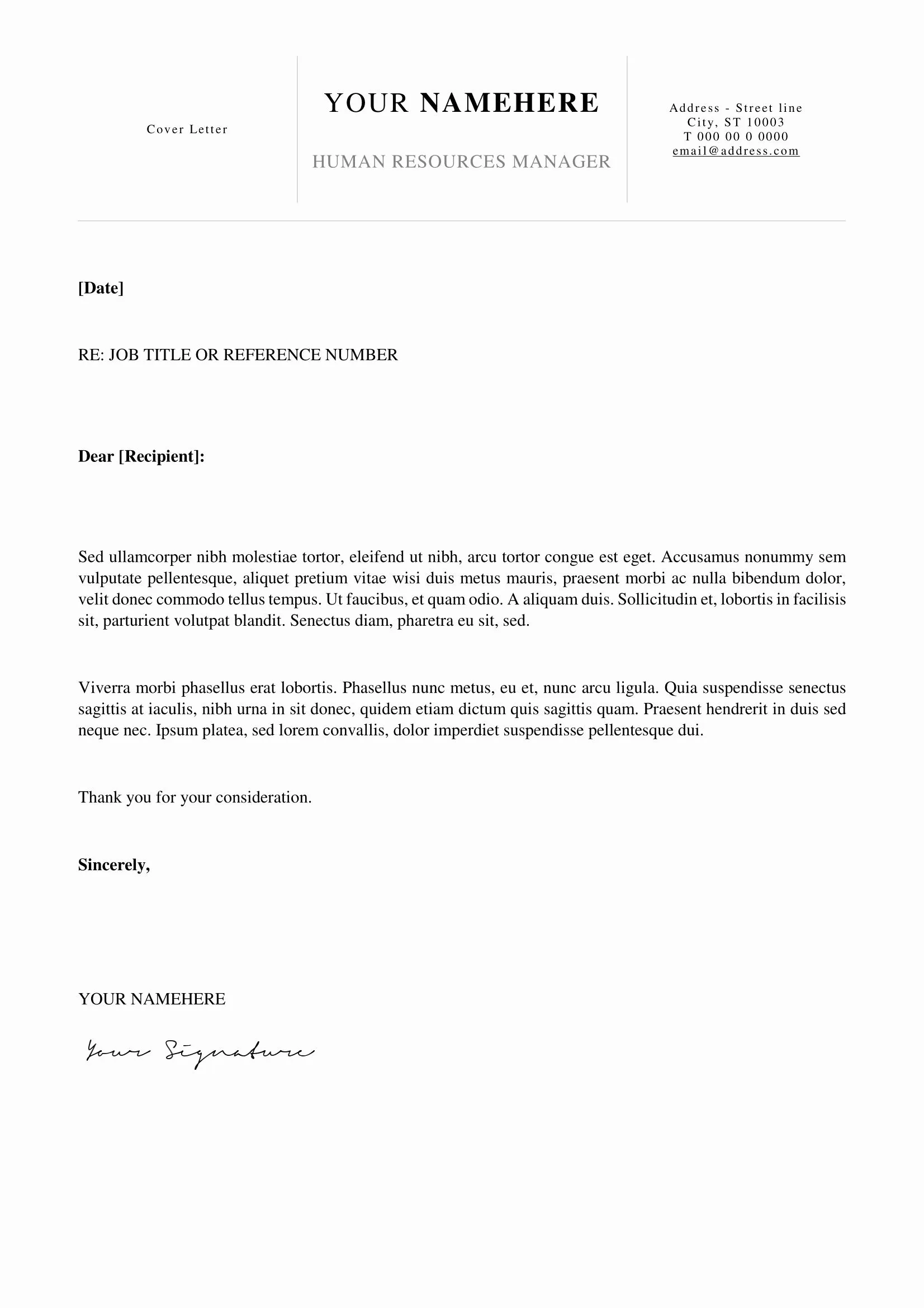
Before submitting your quick cover letter, proofread it carefully for any errors in grammar, spelling, and punctuation. Errors can damage your credibility and make you appear unprofessional. Read the letter out loud to catch any mistakes you might have missed. Ask a friend or colleague to review your letter as well. A fresh pair of eyes can often catch errors you might overlook. A well-proofread letter shows attention to detail and a commitment to excellence. Use tools like Grammarly to help with the proofreading process. Do not underestimate the importance of this step. It will help make the impression you make the best possible.
Quick Cover Letter Templates
While it’s essential to customize your quick cover letter for each job application, using templates can be a helpful starting point. Templates provide a structured framework and can save you time and effort. However, always personalize the template to fit the specific requirements of the job and to reflect your unique skills and experiences.
Where to Find Templates
Numerous online resources offer quick cover letter templates. Websites like Indeed, LinkedIn, and Resume.com provide a variety of free templates that you can download and customize. You can also find templates on Microsoft Word or Google Docs. When selecting a template, choose one that is professional, well-organized, and easy to adapt. Look for templates that offer different styles and formats to suit your individual needs and preferences. Ensure that the template aligns with your industry and the type of job you are applying for. Do your research, and see which template style will best fit your needs.
Customizing Templates
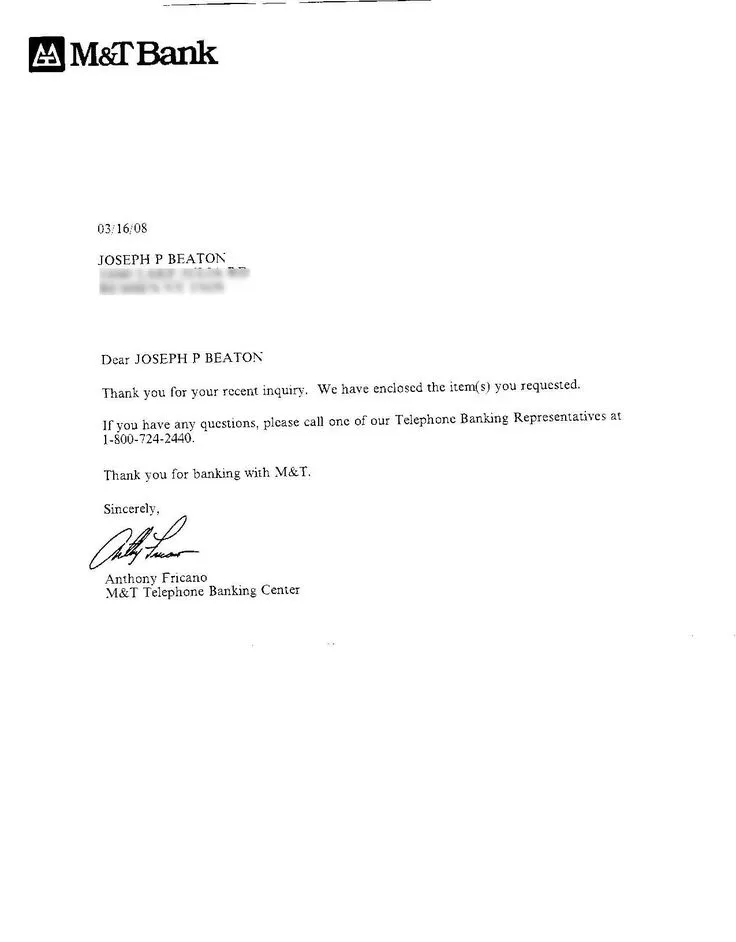
Once you have selected a template, personalize it to reflect your unique skills, experience, and the specific requirements of the job. Replace the generic information with your own details. Tailor the content to match the job description, highlighting your relevant qualifications and achievements. Use the template as a guide, but don’t be afraid to modify the format or structure to better fit your needs. Make sure the tone and language of the letter align with your personality and the company’s culture. Always proofread your customized letter carefully to ensure that it is free of errors and reflects your best self. The template is the starting point. You want to make sure your personal touches stand out from the crowd.
Quick Cover Letter: Mistakes to Avoid
Avoiding common mistakes is crucial for writing an effective quick cover letter. These mistakes can undermine your chances of getting noticed and securing an interview. Be sure to avoid these pitfalls to make a positive impression on potential employers.
Generic Letters
Avoid sending generic cover letters that could be used for any job. Hiring managers can easily spot these, and they often discard them immediately. Customize your quick cover letter for each job application, highlighting the specific skills and experiences that align with the job requirements. Show that you have taken the time to research the company and understand their needs. Your letter is an opportunity to show that you have the skills to make an impact. Your quick cover letter needs to demonstrate that you are genuinely interested in the position and the company. Do not write a letter that can apply to any job. Show the hiring manager that you have researched the company and understand their mission and goals.
Typos and Grammatical Errors
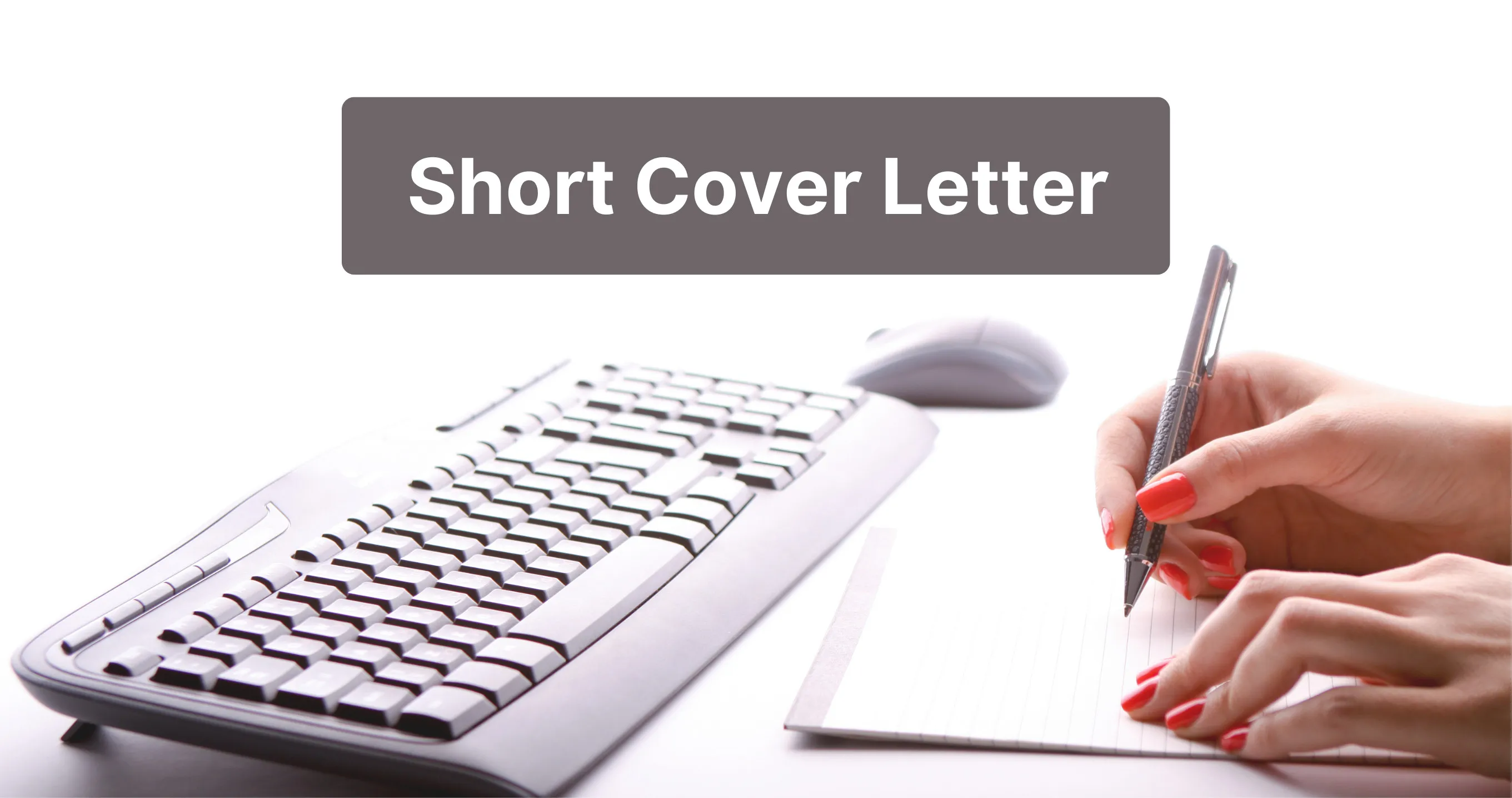
Typos and grammatical errors can make you appear unprofessional and careless. Always proofread your quick cover letter carefully before submitting it. Use grammar and spelling check tools, and ask a friend or colleague to review your letter. Errors can undermine your credibility and signal a lack of attention to detail. A well-written cover letter demonstrates your communication skills and attention to detail. Thorough proofreading shows that you care about making a positive impression. This is the easiest error to avoid, and it’s a great way to set yourself apart.
Lack of Enthusiasm
Do not write a cover letter that is dull or uninspired. Your quick cover letter is your opportunity to express your enthusiasm for the role and the company. Highlight what excites you about the position and why you are a good fit for their culture. Show that you have researched the company and are not just sending a generic application. Your energy needs to come through. Demonstrate your genuine interest, and make your letter engaging and persuasive. Use strong language, and highlight the aspects of the role that genuinely interest you. Show the hiring manager that you are eager to contribute and that you will bring positive energy to the role.
Failing to Tailor to the Job
Avoid sending a generic cover letter that does not address the specific requirements of the job. Review the job description carefully, and tailor your letter to highlight the skills and experiences that are most relevant to the role. Show the employer that you understand the position and how you can contribute to the company’s goals. Use keywords from the job description and provide specific examples of how you have met similar challenges in the past. Generic cover letters do not make an impact. Demonstrate that you have the qualifications to do the job and that you are passionate about the role, and ensure that you are demonstrating that you have done your homework on the company and the role.
Quick Cover Letter Examples
Reviewing examples of quick cover letters can help you understand the best practices and how to structure your own letter. Use these examples as a guide to create a compelling quick cover letter that highlights your strengths and increases your chances of getting an interview.
Example 1: Entry-Level Position
Dear [Hiring Manager Name],
I am writing to express my enthusiastic interest in the [Job Title] position at [Company Name], as advertised on [Platform]. With my strong [relevant skill 1] and [relevant skill 2] skills, along with my proven ability to [achievement], I am confident that I can contribute to your team’s success. I am particularly drawn to [Company Name]’s commitment to [company value], which aligns with my own values. I am eager to learn more about this opportunity and discuss how my skills can benefit your team. Thank you for your time and consideration. I look forward to hearing from you soon.
Sincerely, [Your Name]
Example 2: Experienced Professional
Dear [Hiring Manager Name],
I am writing to express my interest in the [Job Title] position at [Company Name], advertised on [Platform]. With over [number] years of experience in [industry], I have a proven track record of success in [achievement 1] and [achievement 2]. My experience includes [relevant skill 1] and [relevant skill 2], which directly aligns with the requirements outlined in the job description. I am particularly impressed by [Company Name]’s recent work on [project/initiative], and I am eager to contribute my expertise to your team. I welcome the opportunity to discuss how my skills and experience can help your company achieve its goals. Thank you for your time and consideration.
Sincerely, [Your Name]
Example 3: Career Change
Dear [Hiring Manager Name],
I am writing to express my interest in the [Job Title] position at [Company Name], as advertised on [Platform]. While my background is in [previous field], I am eager to transition my skills to the [new industry]. Throughout my career, I have developed strong [transferable skill 1] and [transferable skill 2] skills, which are directly applicable to this role. I am particularly drawn to [Company Name]’s innovative approach to [industry aspect], and I am excited to contribute my expertise to your team. Thank you for your time and consideration, and I look forward to the opportunity to discuss my qualifications in more detail.
Sincerely, [Your Name]
